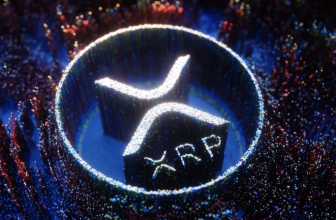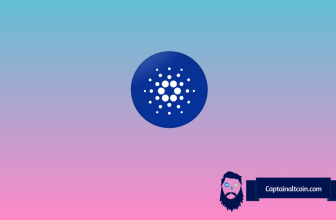
Over the weekend, Uniswap (UNI) experienced a massive surge in price, with an eye-popping 80% spike from Friday to the early hours of Tuesday (today). In fact, Monday alone saw UNI rise more than 50%. Even with a little pullback, UNI managed to stay about 20% up in the last 24 hours. So, what’s driving this sudden price movement? Let’s break it down.
On Monday, Uniswap CEO Hayden Adams dropped a bombshell announcement: the first-ever governance proposal for the protocol. This news hit the market hard, sending UNI soaring. Why? Because the proposal lays out key changes that have the potential to shift UNI’s role in the crypto space from a governance token to something much more valuable: a cash-flow asset.
BREAKING: Uniswap CEO Hayden Adams unveils first governance proposal.
— Crypto Patel (@CryptoPatel) November 11, 2025
The plan turns on protocol fees, burns UNI, adds Unichain fees, and makes UNI deflationary.
Following this announcement, $UNI rallied nearly 50% within few hours@Uniswap #UNI pic.twitter.com/7XwQxfGoFI
One of the most notable aspects of the plan is the activation of the “fee switch.” In simple terms, this means that Uniswap will start collecting a portion of the fees from liquidity pools (LPs), which will then be used to buy back and burn UNI tokens. This buyback mechanism, which is set to redirect 0.05% of the 0.3% LP fee to burn UNI, has investors buzzing. It’s a move that could result in a deflationary cycle for UNI, reducing its circulating supply over time.
As Crypto Patel put it, “Following this announcement, $UNI rallied nearly 50% within hours.”
How Big Is the Impact of the Fee Switch?
Uniswap’s fee switch isn’t just a small tweak; it’s a major shift in the protocol’s economics. As analyst Tanaka pointed out, this mechanism ties UNI directly to Uniswap’s real business cash flow. For context, Uniswap has handled over $230 million in fees over the past 30 days, which could translate into roughly $38 million in monthly buybacks or $460 million annually.
Gm,
— Tanaka (@Tanaka_L2) November 11, 2025
Uniswap finally flipped the fee switch on, and for the first time, $UNI is directly tied to real business cash flow.
1/ buyback & burn mechanism
– 0.3% LP fee split → 0.25% to LP / 0.05% to UNI burn.
– over the last 30 days: $230M in fees, meaning ~$38M monthly buyback,… https://t.co/CsyJgOThTf pic.twitter.com/4bEb1QUaXk
This shift gives UNI a sustainable, long-term growth model, assuming trading volumes hold steady. This structure mirrors the way traditional businesses distribute value to shareholders, through consistent buybacks and dividends. If Uniswap maintains its current fee structure and improves its internal mechanisms, a re-rating of UNI’s valuation seems inevitable.
Tanaka also noted that UNI’s new role as a deflationary token is something investors have been waiting for. “This marks the shift from a governance token to a cash-flow asset,” Tanaka said. When you compare it to other tokens like $PUMP or $HYPE, UNI is now positioned somewhere in between, potentially undervalued compared to its peers.
A Deflationary UNI: Why This Matters for Holders
Arunima Ganguly, another analyst, noted the broader implications of this change for UNI holders. UNI has long been used primarily as a governance token, giving holders a say in the protocol’s decisions but not offering many other benefits. But with the UNIfication proposal, that’s changing. The burning mechanism, along with the buyback and fee redistribution, means that UNI holders could finally see tangible value from their holdings.
Arunima elaborated that, by activating the fee switch, Uniswap will burn a portion of UNI tokens from its treasury, around 100 million UNI, or 16% of the total supply. Additionally, new fees from Uniswap’s growing ecosystem will now go toward the protocol buyback, which could result in a $10 million to $40 million annual buyback for UNI holders, depending on trading volume.
Read Also: Cardano Whales Are Back! They’re Buying the ADA Dip Hard
For the first time, UNI is no longer just a governance tool, it’s becoming a true asset, one that could attract more institutional interest and boost its long-term value.
The surge in UNI price could be the beginning. With these new changes in place, UNI could see more momentum as it transitions into a deflationary asset that’s linked to the growth of Uniswap’s real business operations.
Subscribe to our YouTube channel for daily crypto updates, market insights, and expert analysis.








